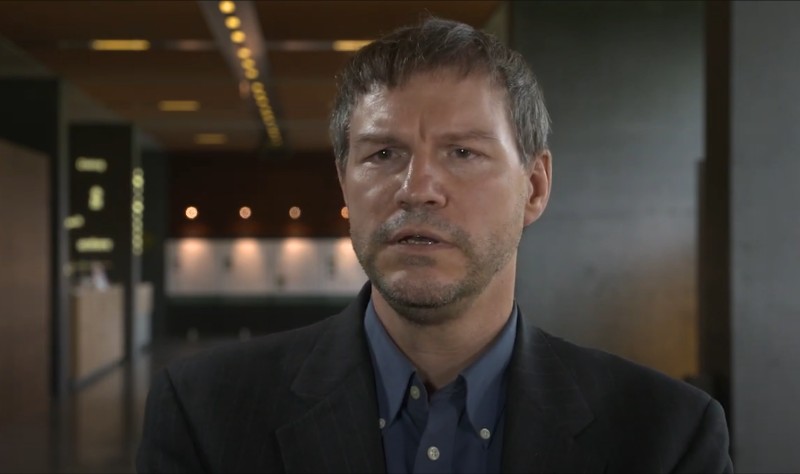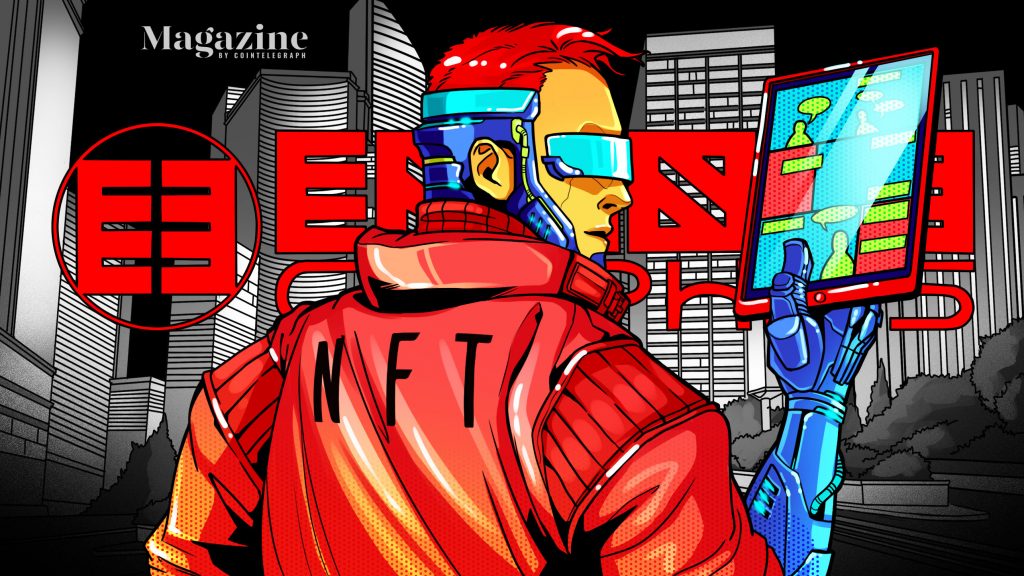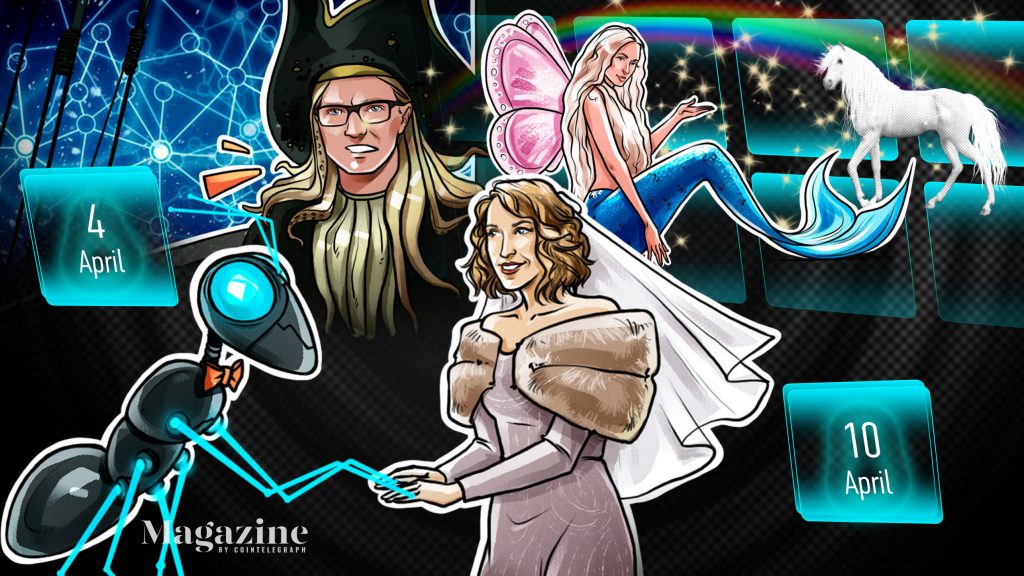Benjamin Wallace has an amusingly direct way of trying to solve the identity of Bitcoin’s creator in his book The Mysterious Mr Nakamoto.
He just asks every possible candidate: “Are you Satoshi Nakamoto?”
“I still didn’t rule out the possibility that Nakamoto was frustrated no one had bothered to simply ask him,” Wallace writes.
It seems like every other week, there’s another newspaper investigation, documentary or nonfiction book promising to unmask Satoshi.
Two years ago, I waded into those waters myself by attempting to answer a long-running conspiracy theory about whether Bitcoin was, in fact, a lab leak by the US National Security Agency, devised during one of the most turbulent economic times in modern history.
Speaking to a former NSA cryptanalyst while piecing together flakes of so-called evidence, my queries ultimately concluded with the same meandering answer that every Satoshi-conspiracy buff (read Nakamologist) arrives at — maybe, maybe not.
[Spoiler Alert!]
And after 15 years of investigative journalism condensed into 340 pages, The Mysterious Mr Nakamoto also leaves the riddle unsolved.
But Wallace also believes there’s value and “romantic allure” in a mystery — and that if we ever find out who invented Bitcoin, whatever the answer is will most likely be a letdown.
“One of the things that really struck me, as I studied similar past mysteries and their resolutions, is how often the unknown is more interesting than the known,” Wallace tells Magazine.
“Solving the Satoshi Nakamoto mystery in a clear-cut way would have given me puzzle-solving pleasure, and journalistic satisfaction […] But I always felt that the information itself might provoke a shrug.”
The Mysterious Mr Nakamoto book review
Sometimes getting there is half the fun, and Wallace’s journey is a fascinating one, taking him around the world from Bitcoin meet-ups in midtown Manhattan, an unkempt bungalow in Australia’s Sunshine State, to a cryonics facility in the desert state of Arizona, as he searches for the person (or people) who created Bitcoin.

Wallace uniquely uses a combination of text and code stylometry (a computer-assisted method to detect similarities in writing/ coding style) and circumstantial evidence to narrow down his suspects.
To be or not to be Bitcoin’s creator
Amateur Nakamologists will be familiar with some of the content, and Wallace spends considerable time dissecting and mulling over the usual suspects, none of which he comes to a hard conclusion about.
One of these is the late Hal Finney, an American computer scientist who received the first-ever Bitcoin transaction. But Wallace doesn’t just recount the familiar story — he actually managed to chat with the legendary Bitcoiner on emails before a rare neurodegenerative disease took his life in 2014, and Finney was cryogenically frozen.
Finney and his family have repeatedly denied that he is behind Bitcoin.

The book picks up speed after Wallace introduces Nick Szabo, another famous computer scientist and blockchain pioneer, who gets considerable coverage due to his 1998 “Bit gold” proposal, widely seen as a precursor to Bitcoin, but weirdly left out of Satoshi Nakamoto’s white paper, almost on purpose. (Nakamoto later acknowledged Szabo’s bit gold proposal in a forum post.)
“In Hungary, Nick’s name would be Szabo Nikolas, and in Japan it would be, let’s say Szaboshi Nickamoto.”
There are countless other names that Wallace floats — so many that I finish the book with a gnawing hope that maybe he’s brushed past the answer without knowing it, and that Satoshi’s real name lies in the pages of this book.
Wallace, however, tells Magazine it could be someone we’ve never heard of.
“The process of researching this book made me much more open to the possibility that Satoshi is someone we’ve never heard of, such as an ex-cypherpunk who went on to work for the NSA and created Bitcoin as a personal side project,” he says.
Should you read The Mysterious Mr Nakamoto?
Just like when fictional super detective Sherlock Holmes shows he’s not an infallible crime-solving machine (he failed to solve four cases out of 60), Wallace can also be forgiven for being unable to crack crypto’s most persistent mystery.

Wallace does arrive at a conclusion about Satoshi’s identity, however. He argues that Bitcoin is now larger than Satoshi Nakamoto and that unveiling Nakamoto as anything other than a faceless benevolent deity will probably only hurt Bitcoin, which is currently sitting on a $2.24 trillion market cap.


Felix Ng
Satoshi Nakamoto saves the world in an NFT-enabled comic book series
A comic version of Satoshi Nakamoto (SATOSH1) explores a “distant dystopian future version of our Earth after the ‘Big Reset’, where the big corporations and citadels hold the power.”
Read moreBitcoin’s comeback, XRP doubles in a week, Coinbase’s big profits: Hodler’s Digest, April 4–10
The best (and worst) quotes, adoption and regulation highlights, leading coins, predictions and much more — one week on Cointelegraph in one link!
Read moreBitcoin to suffer if it can’t catch gold, XRP bulls back in the fight: Trade Secrets


